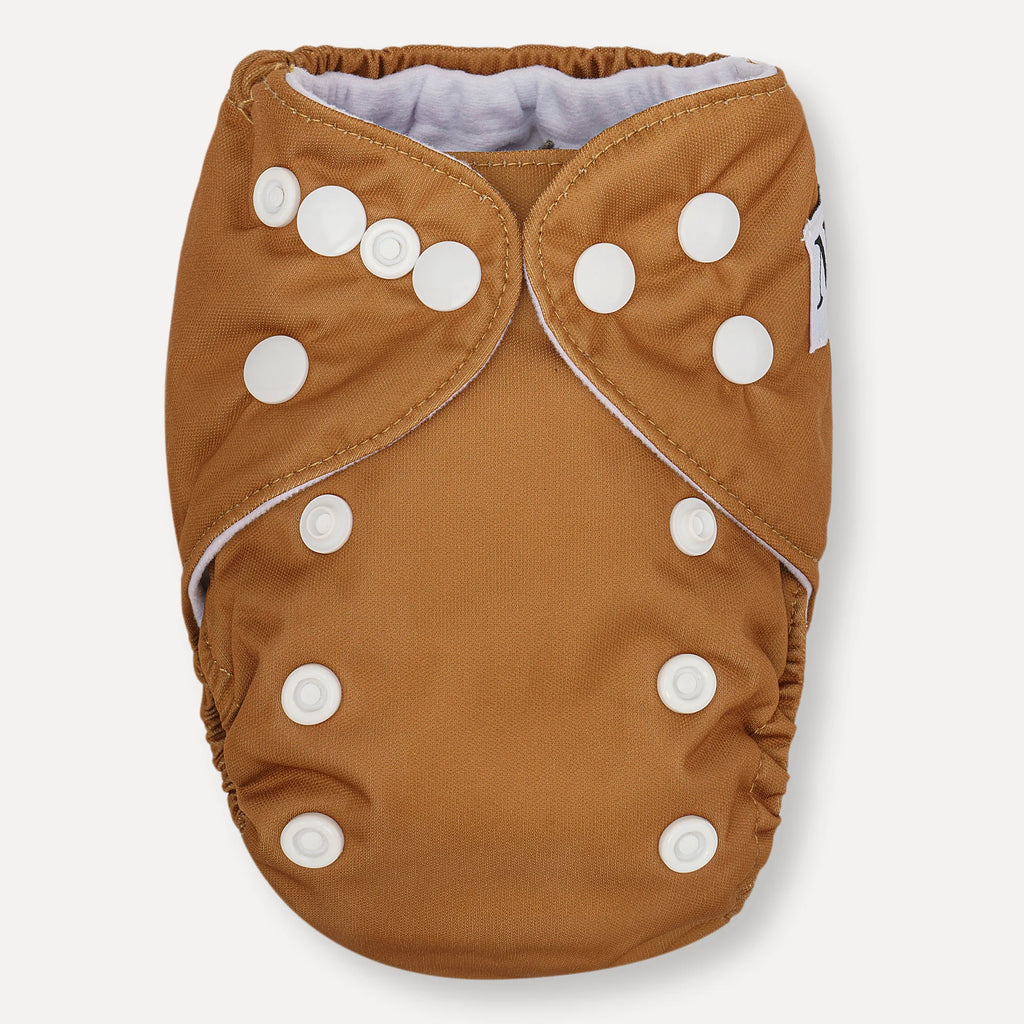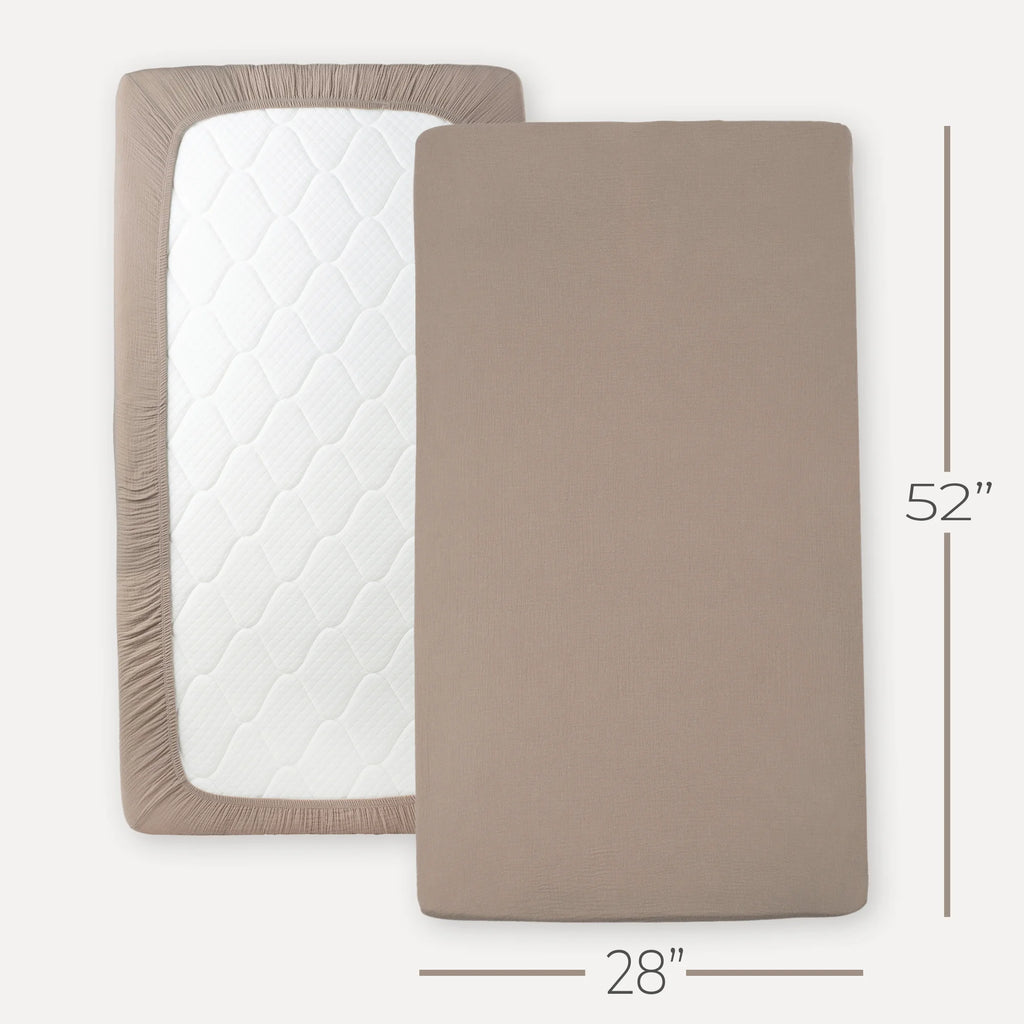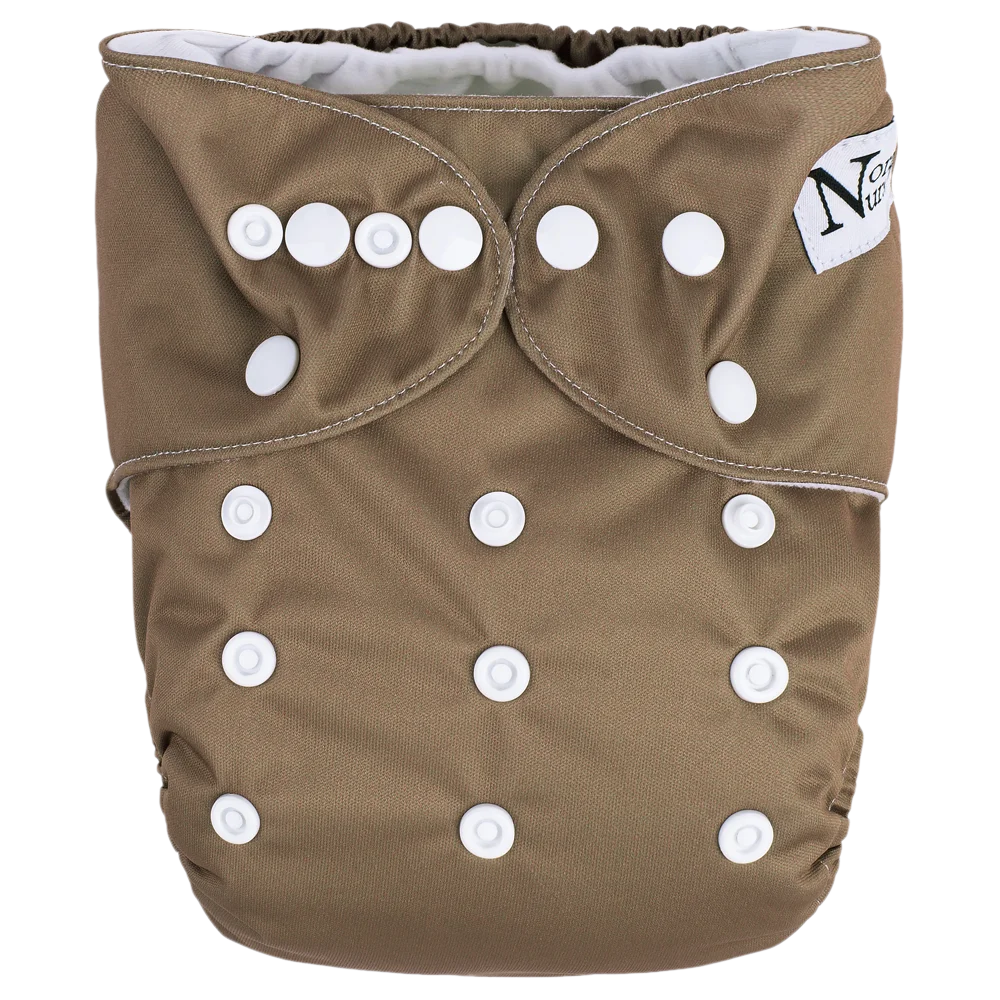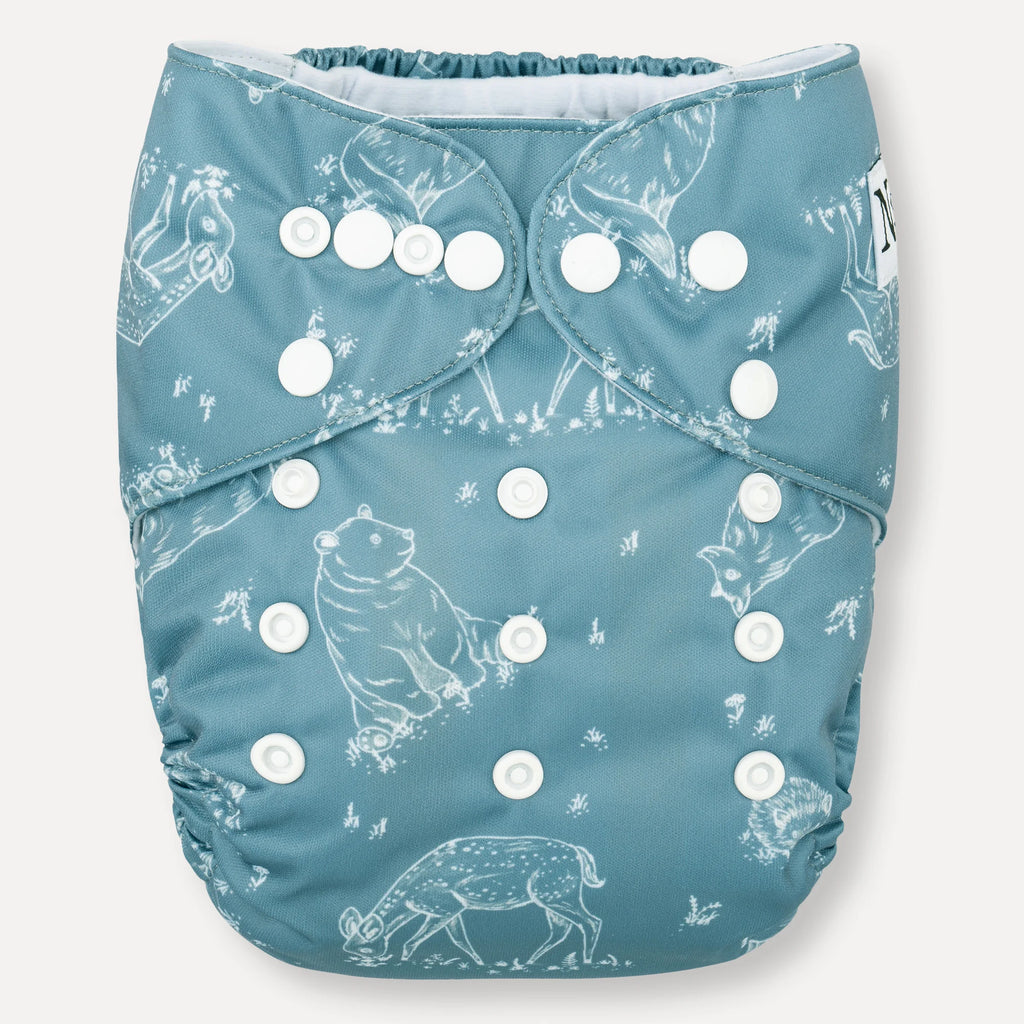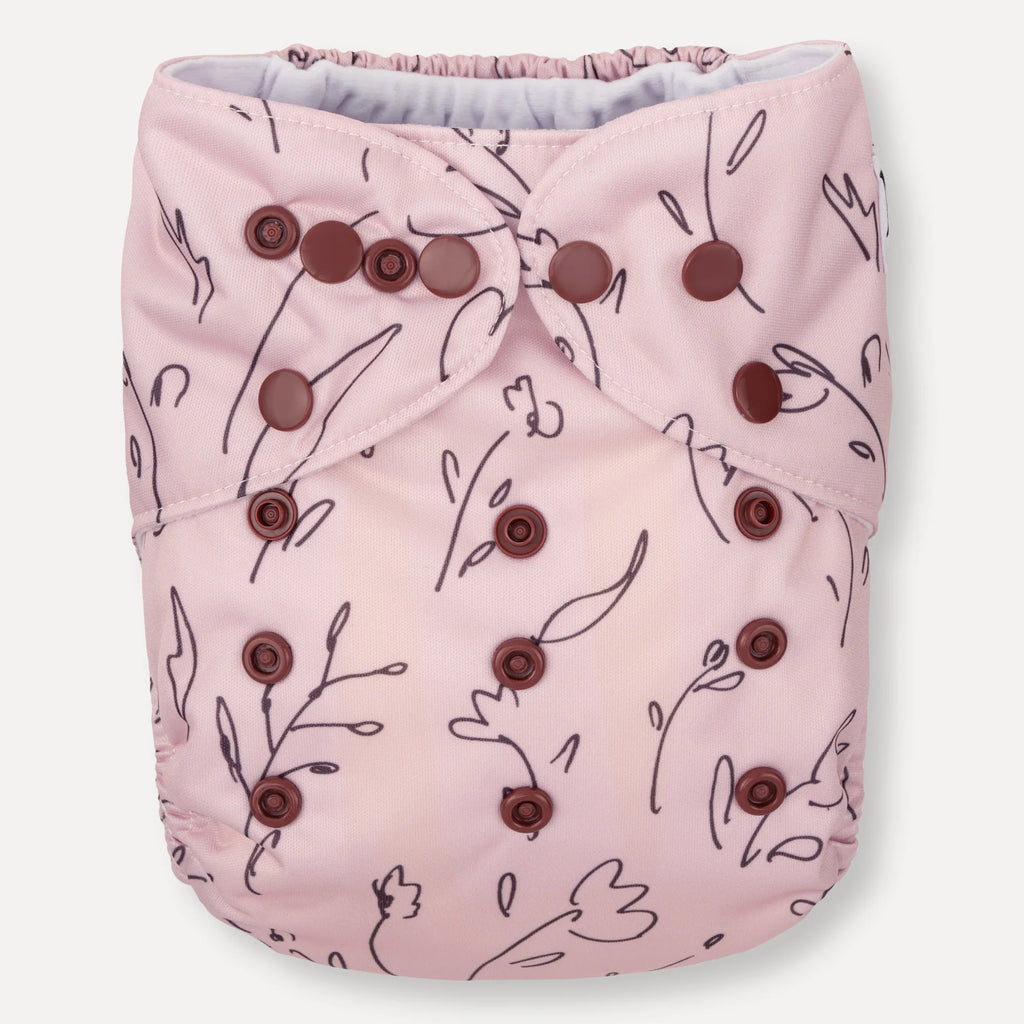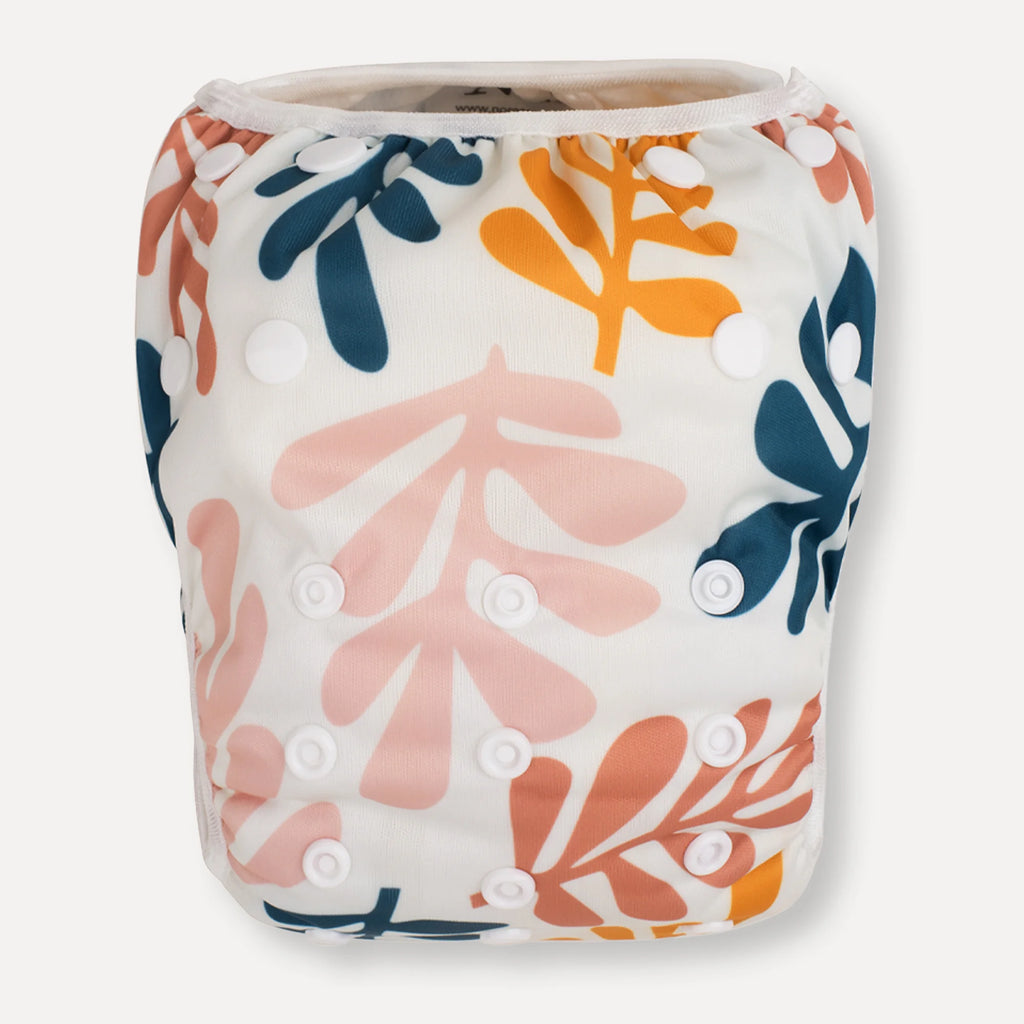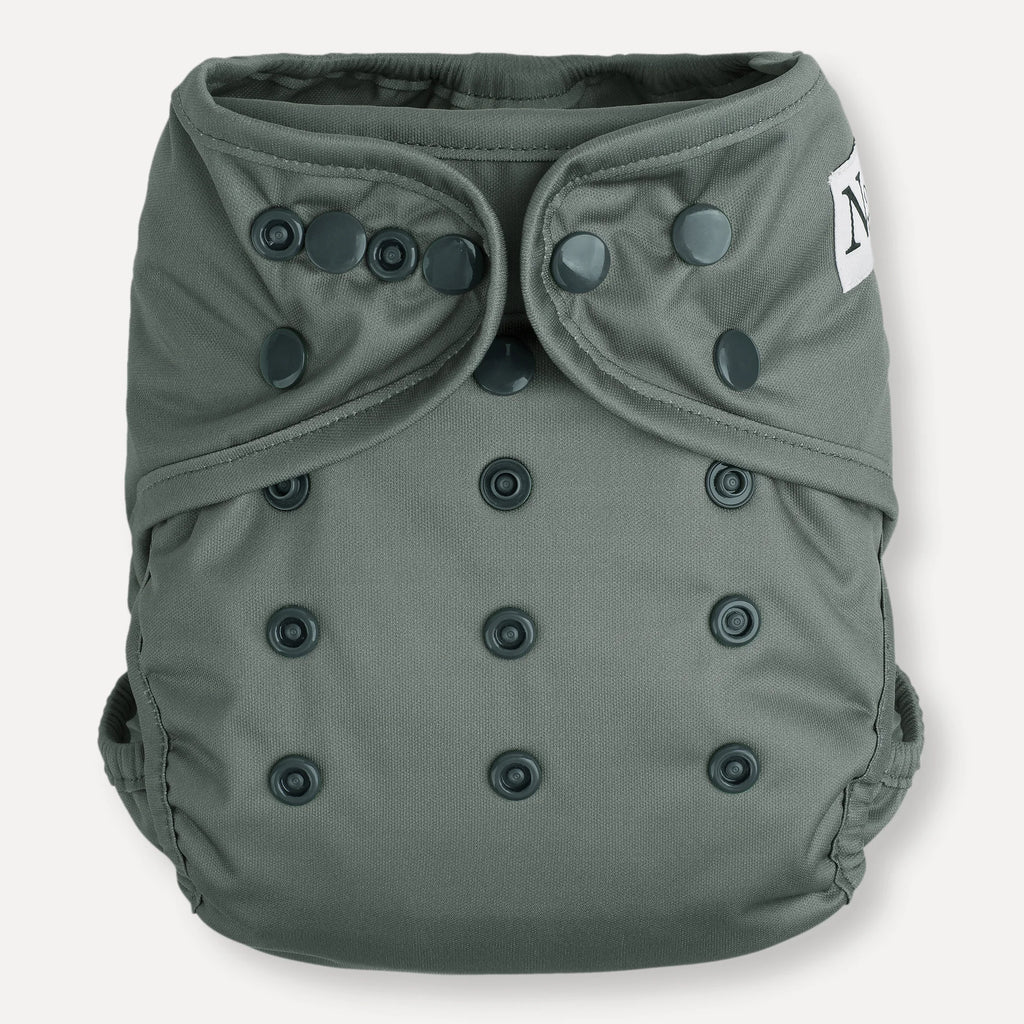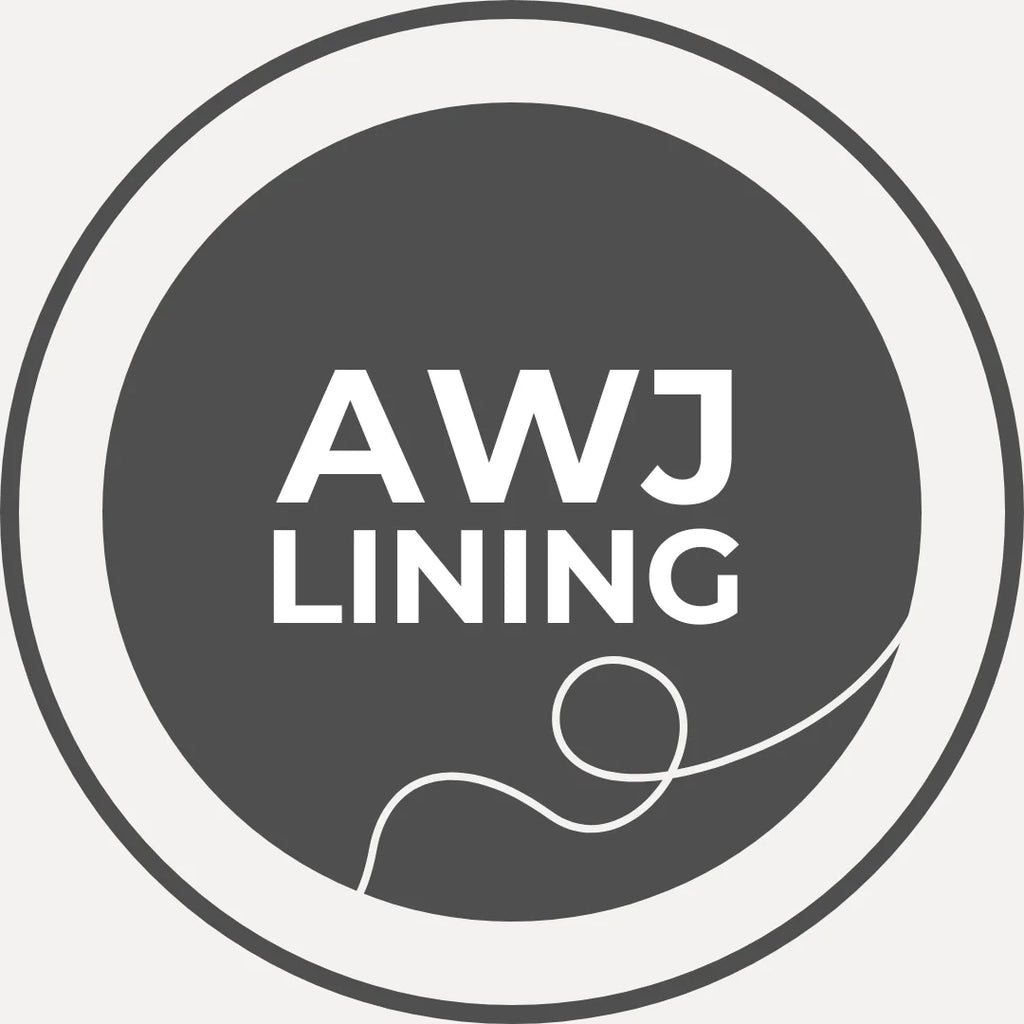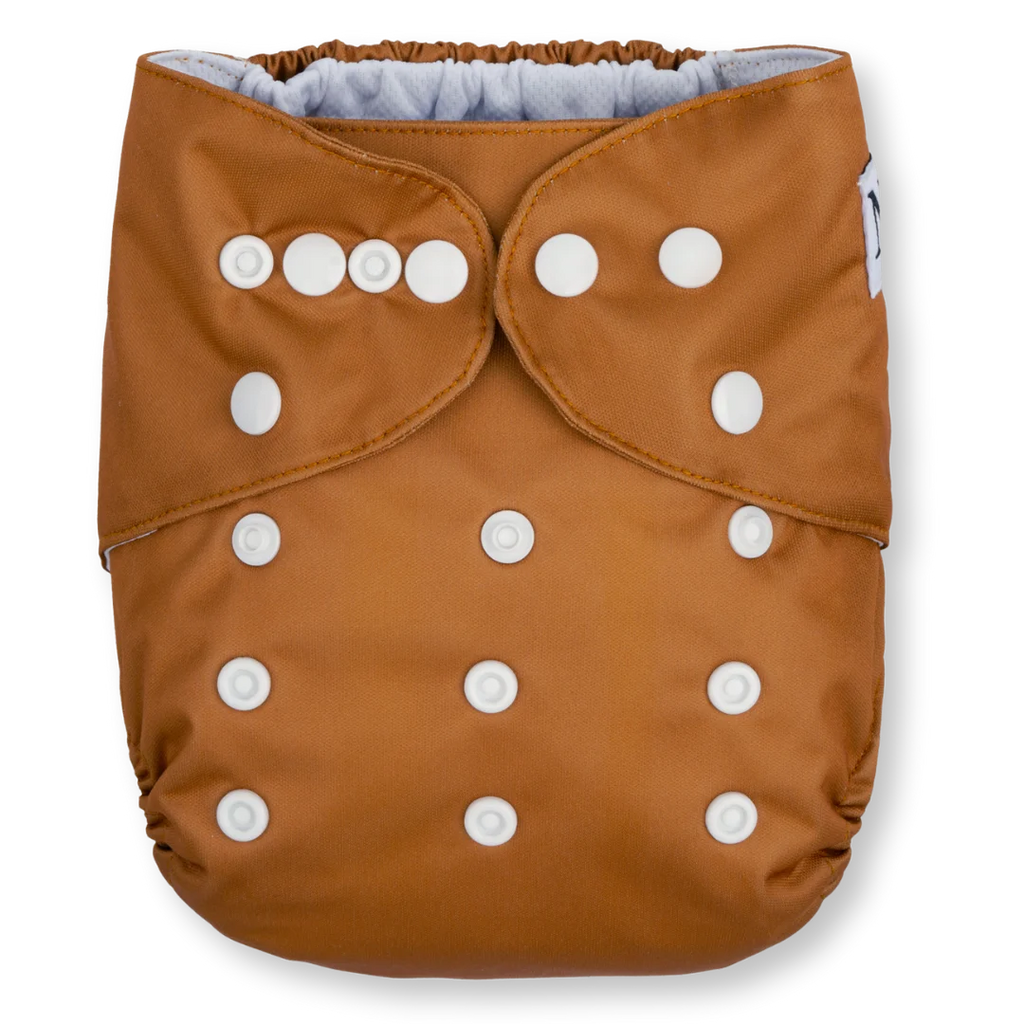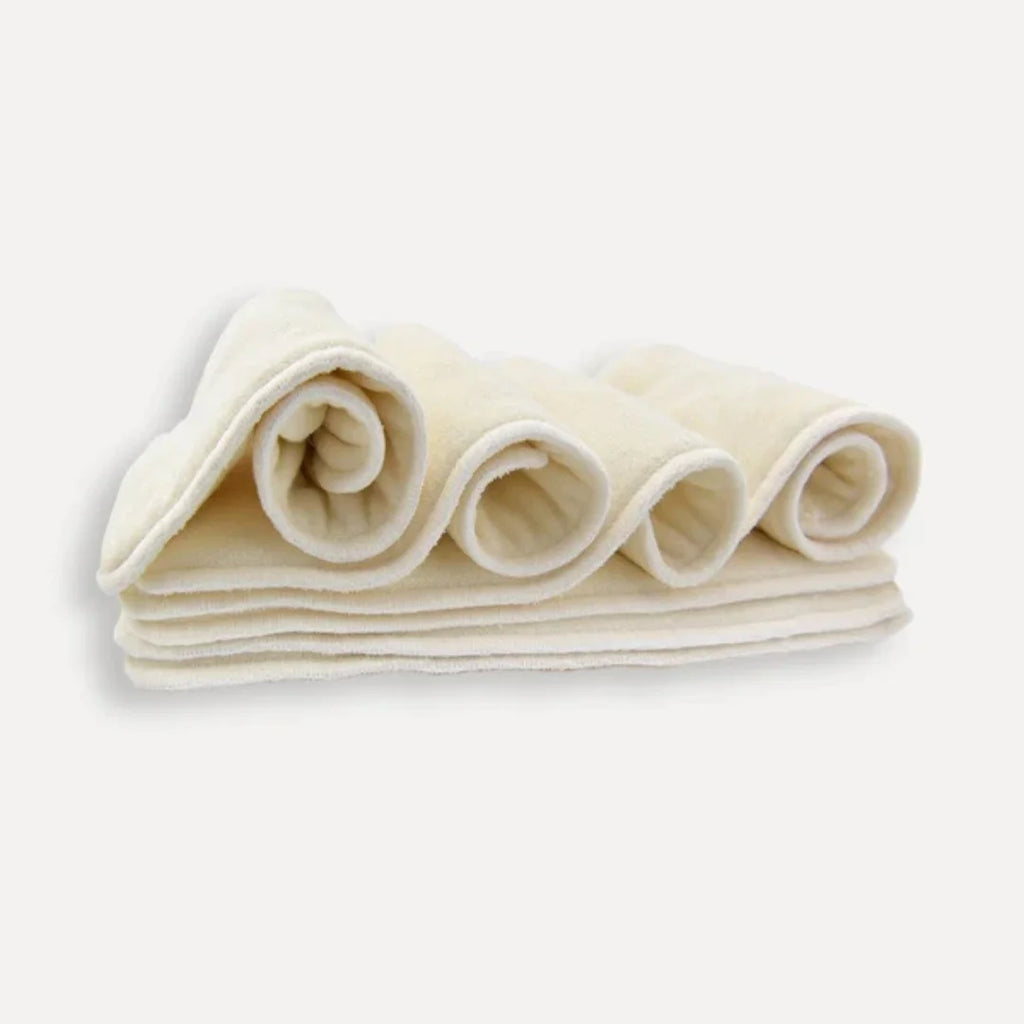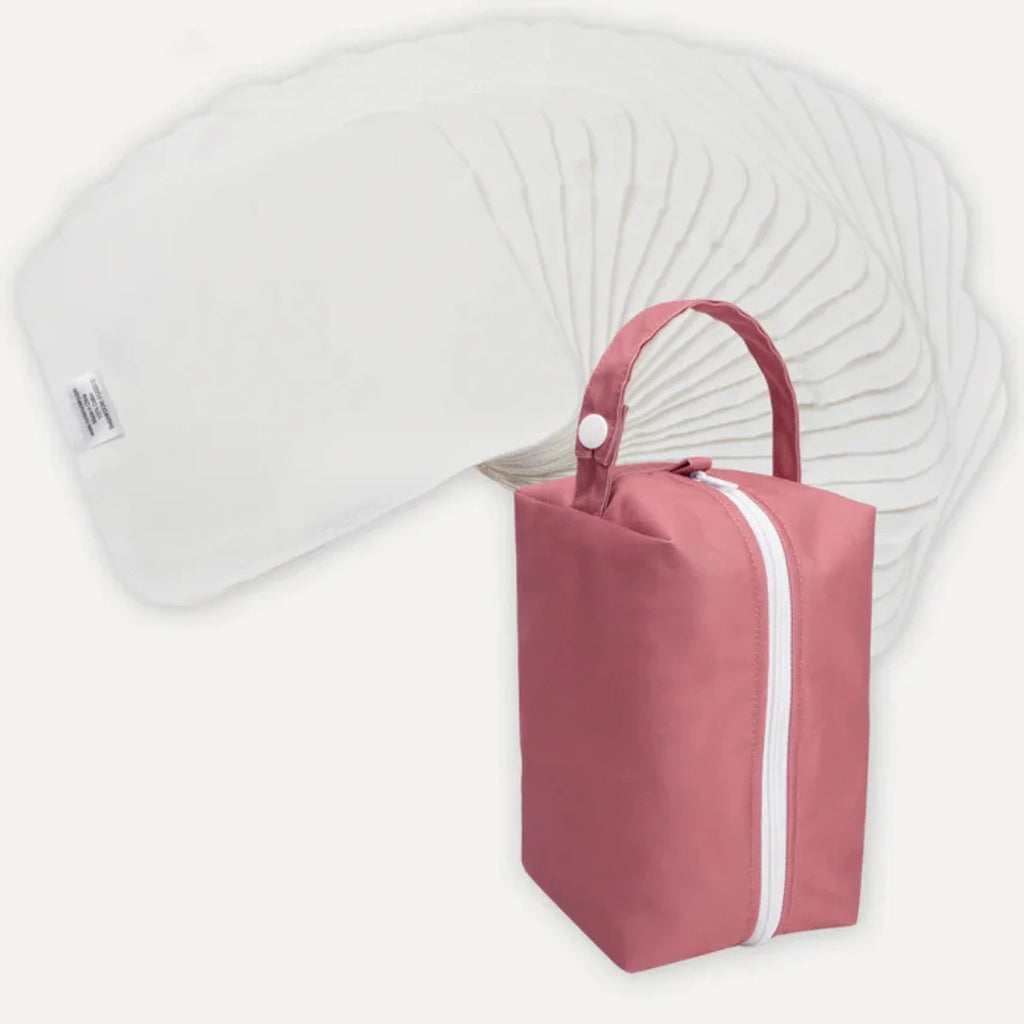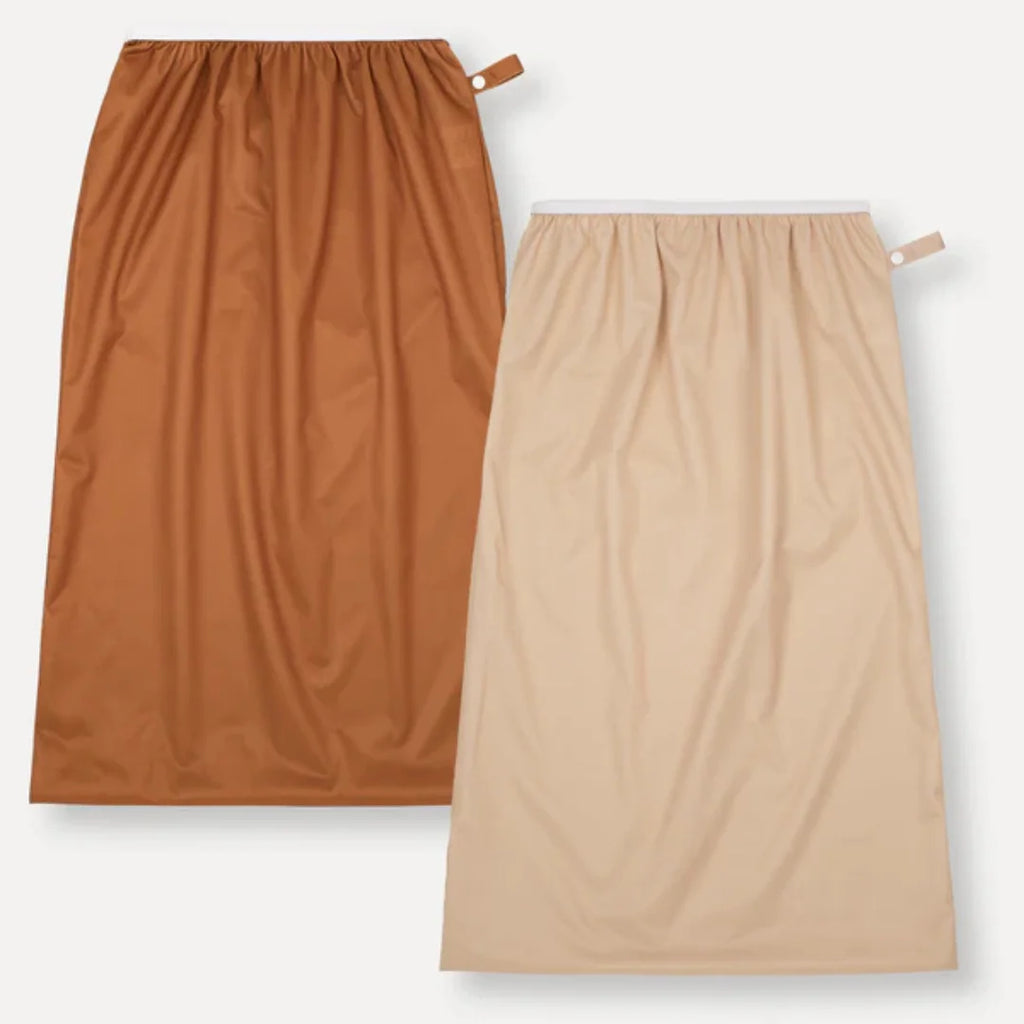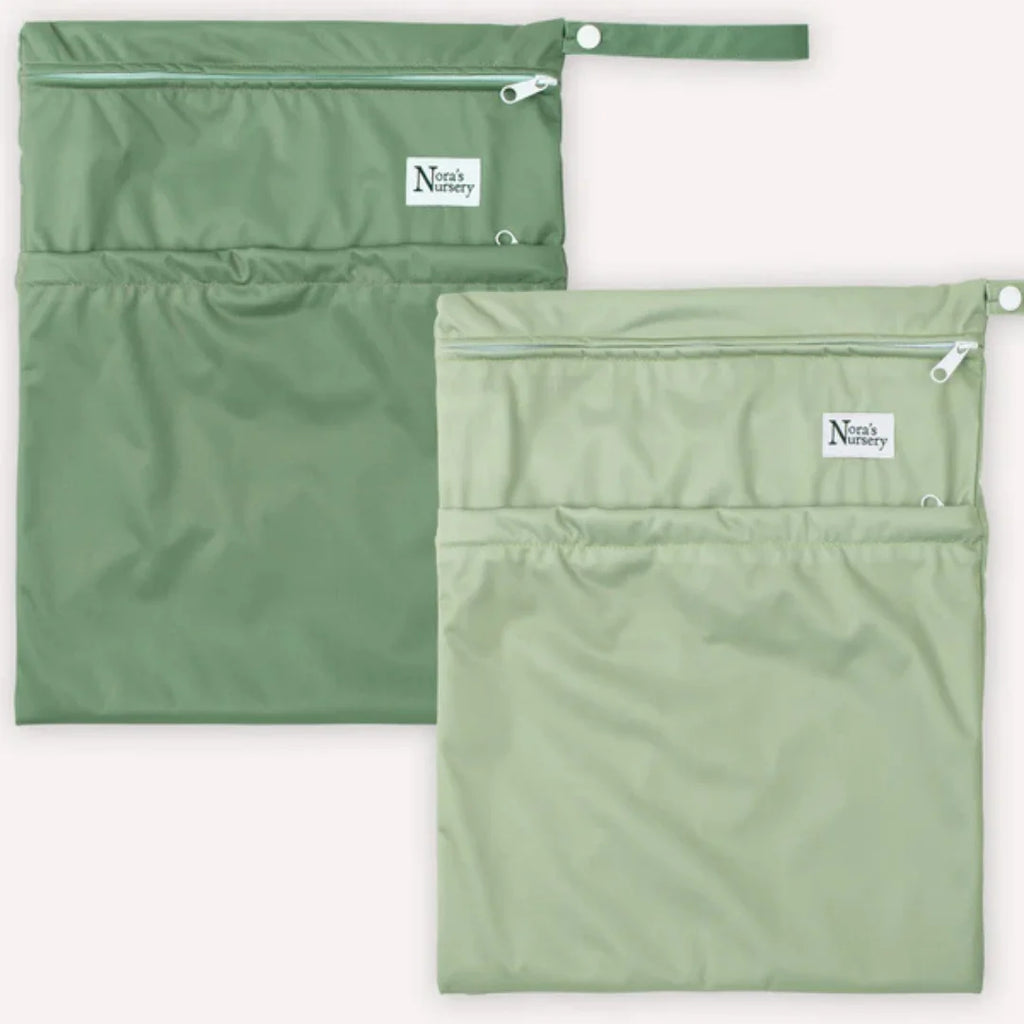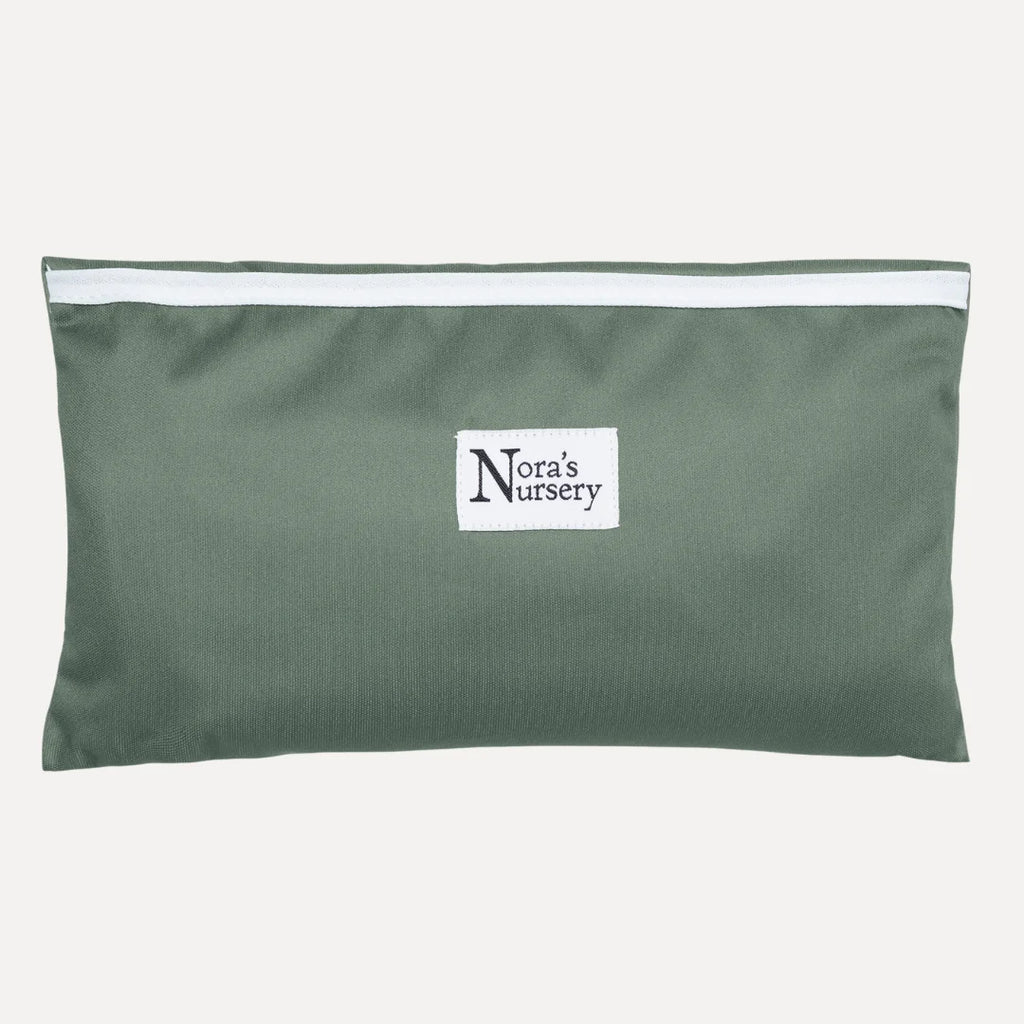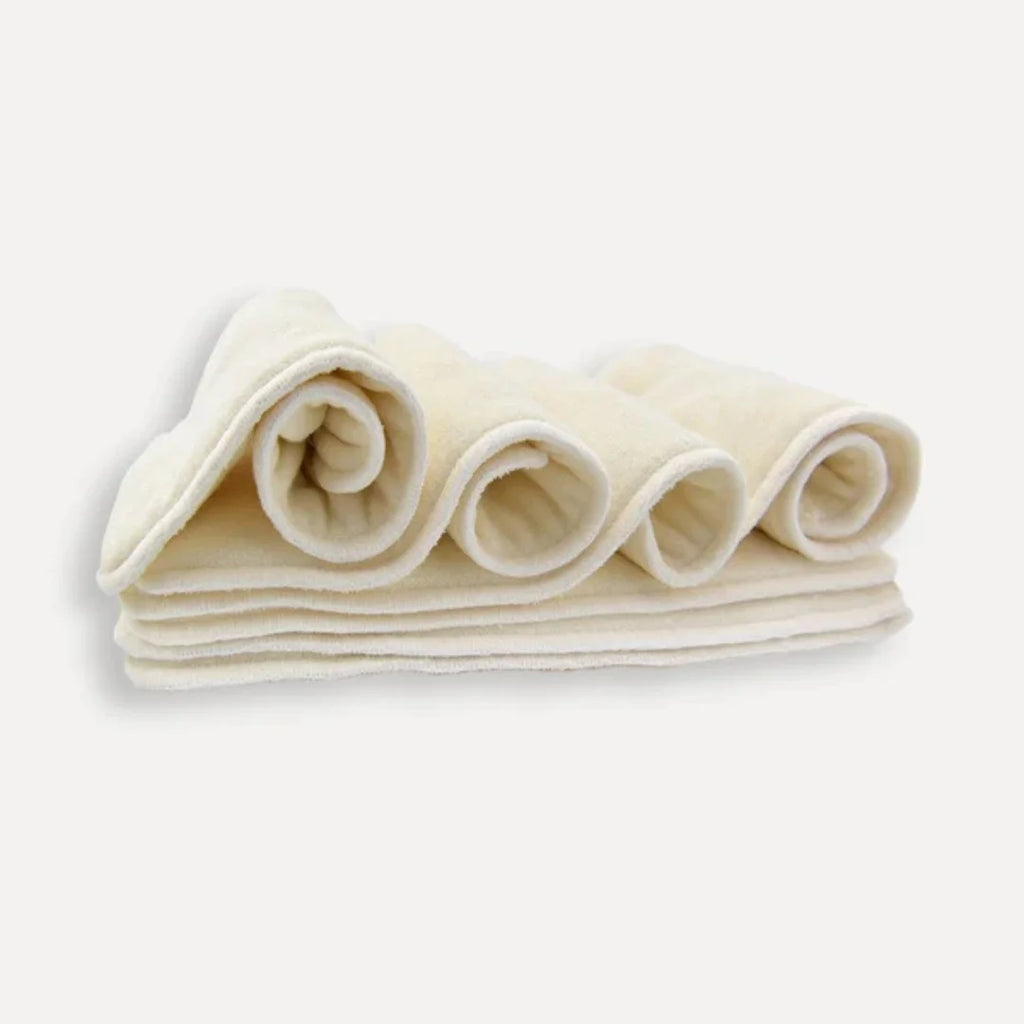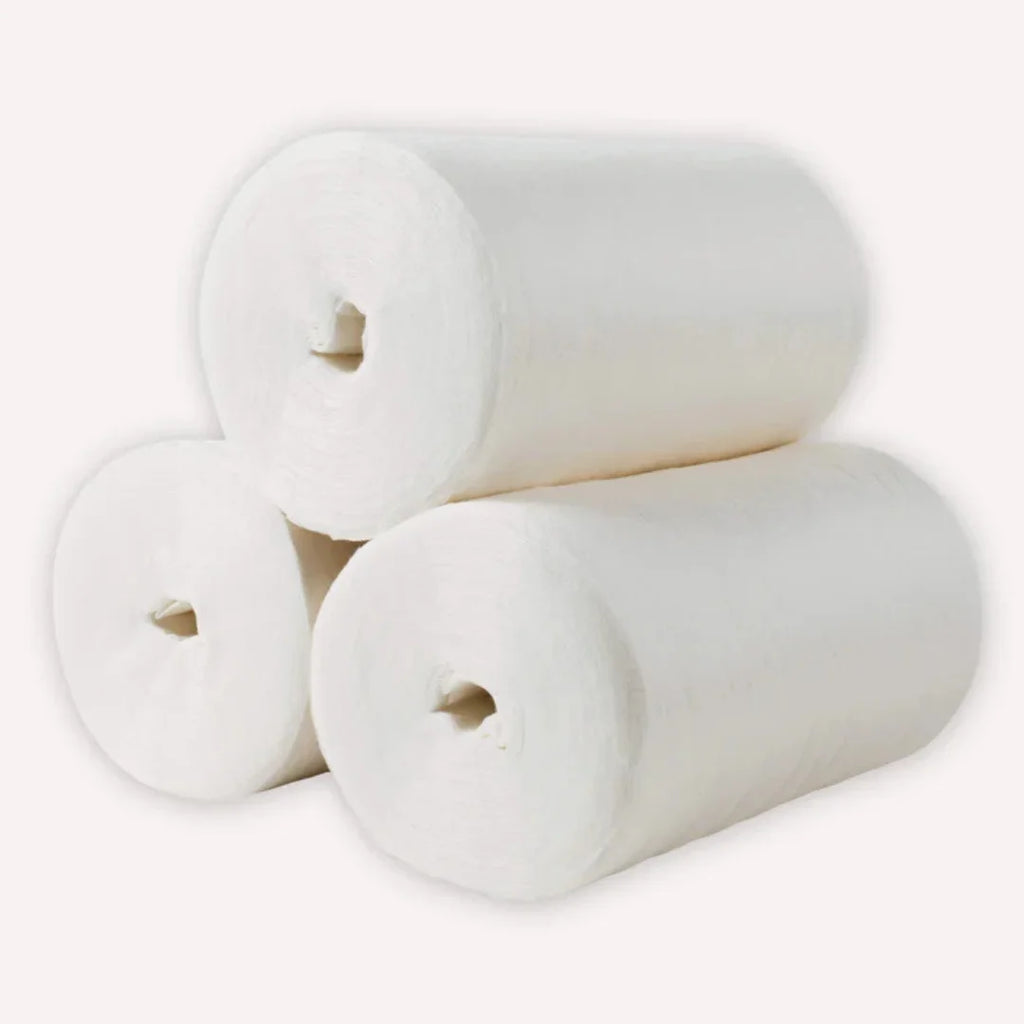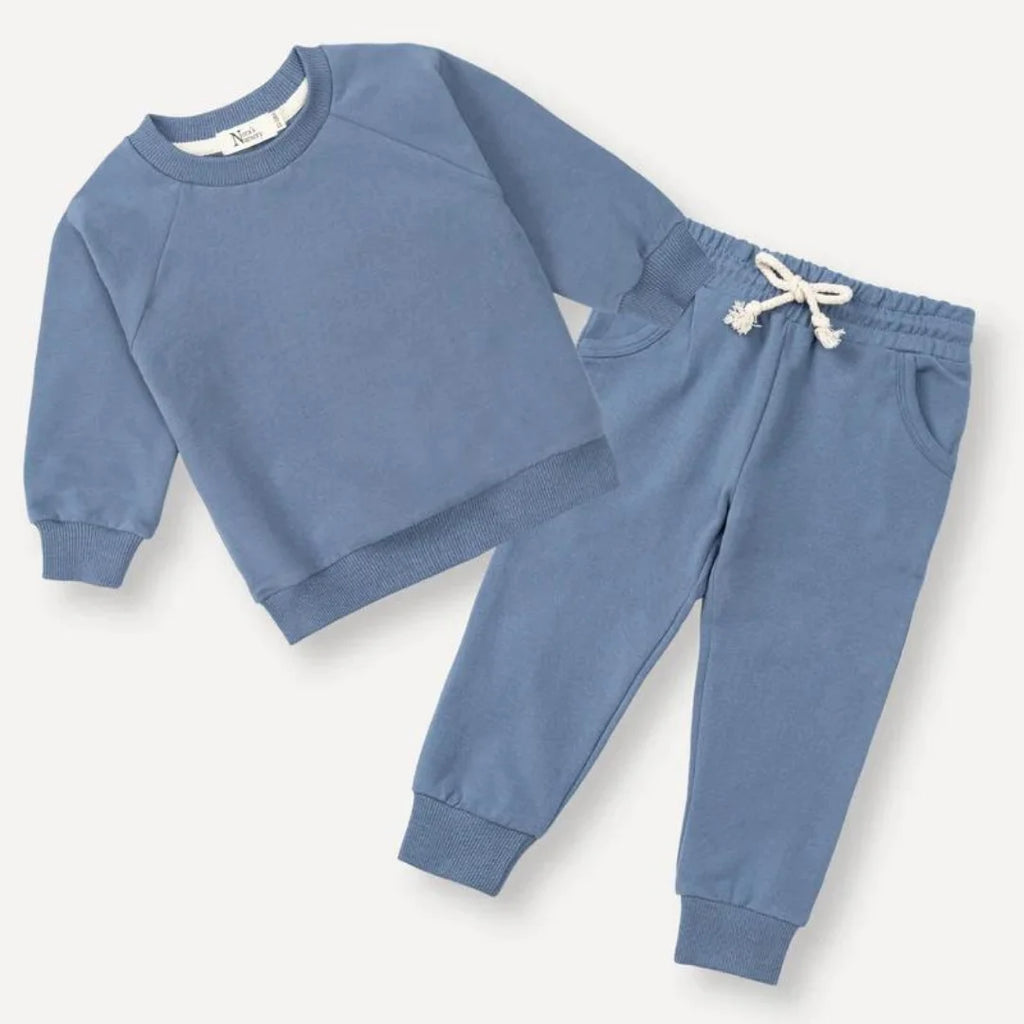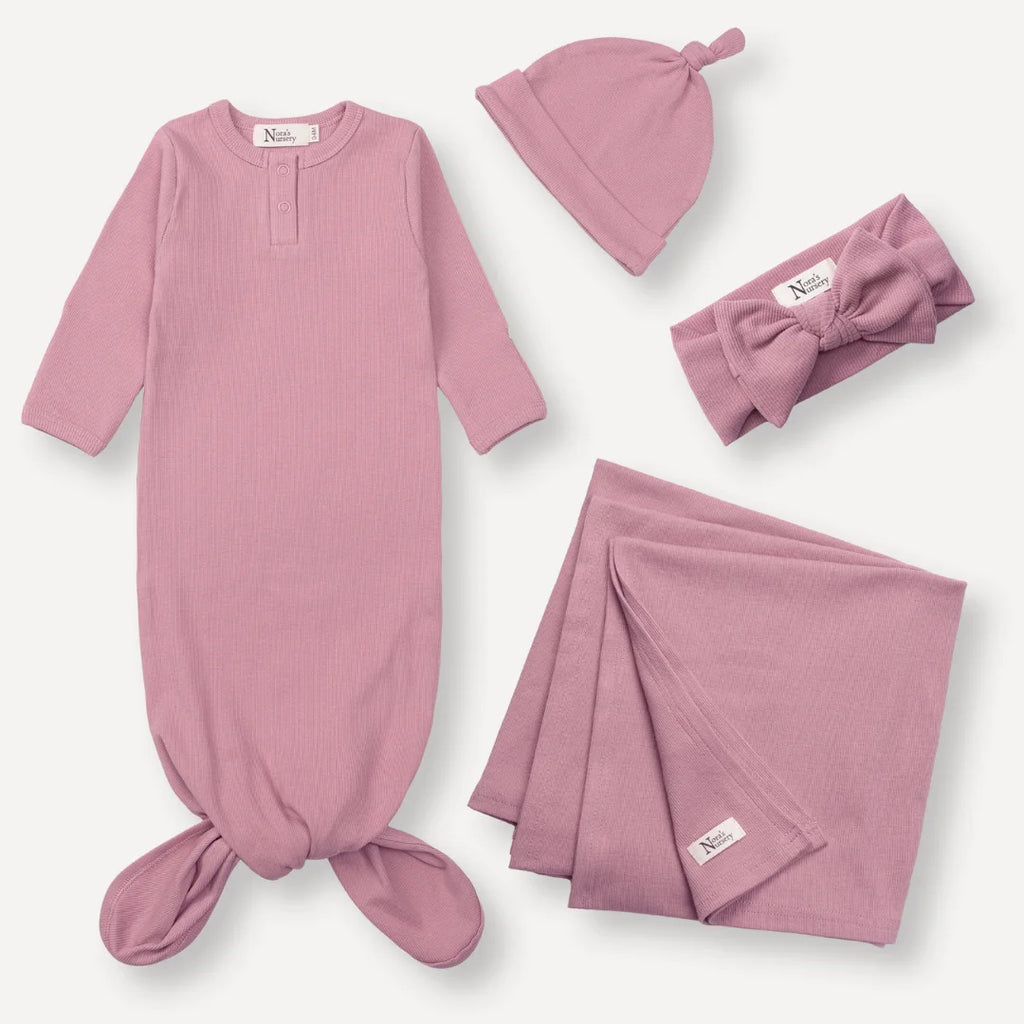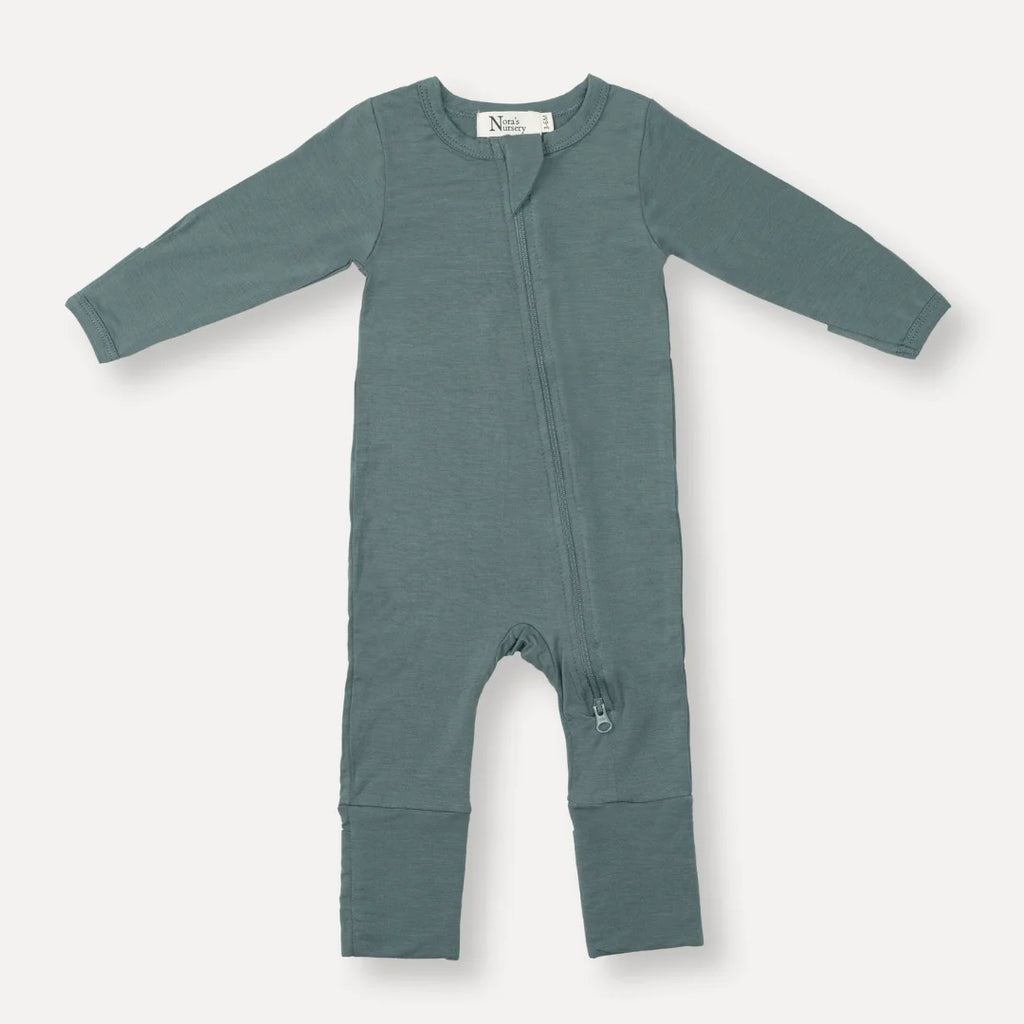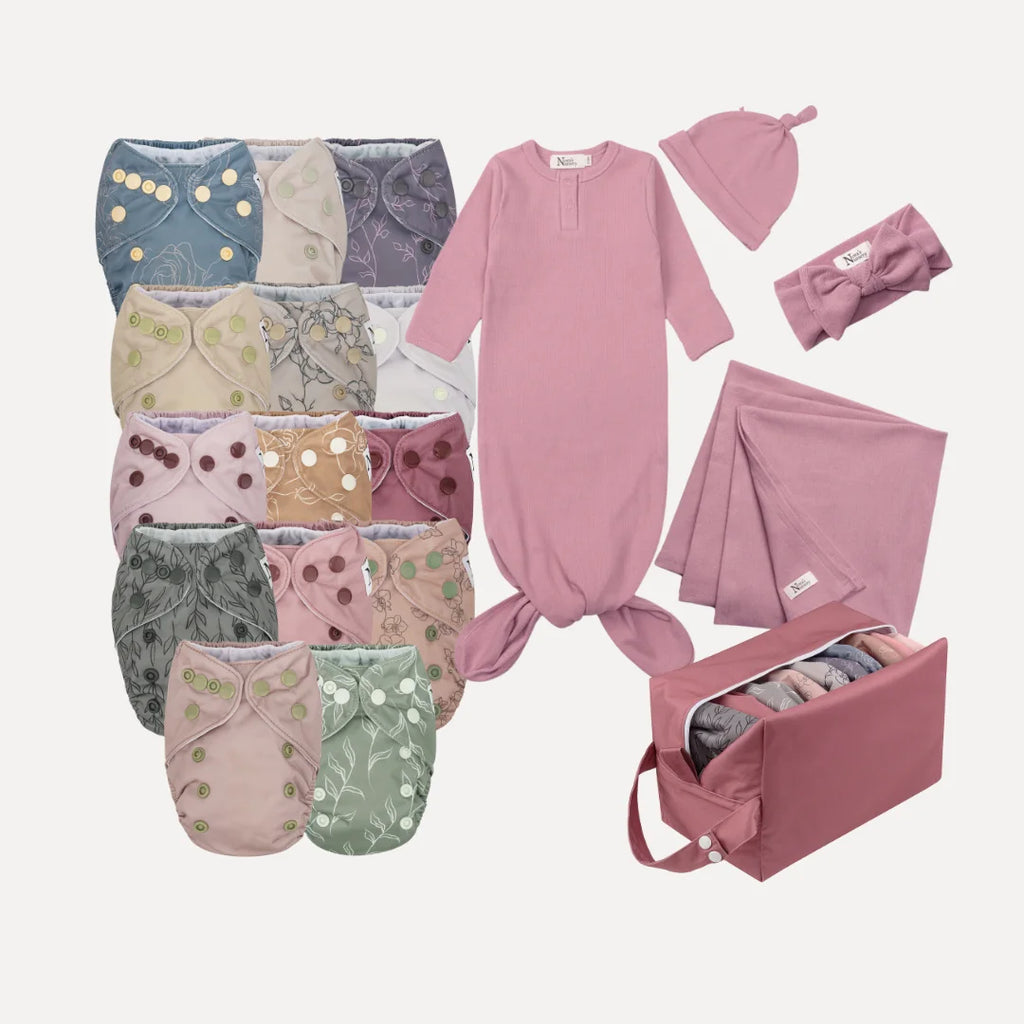There are so many well-known benefits of using cloth diapers, but one potential benefit is not as thoroughly explored. Cloth Diapers. Do cloth diapers help with potty training? It’s hard to say with absolute certainty, but there are some incredible differences between the fully cloth diapered babies of the past and the babies of today that wear disposable diapers; And that is… age of potty training.

Potty Training With Cloth vs. Disposable Diapers: A Brief History
In the 1950’s, it was estimated that 95% of babies were potty trained by 18 months! Fast forward to today, and only about 10% of babies are potty trained by 18 months. So what has changed? In the 1950’s, nearly all babies wore cloth diapers, whereas today, approximently 90-95% of babies wear disposable diapers. Over the past half a century, the average age for a child to complete potting training has drastically increased from 18 months to 36 months+. If you want to further explore this change, read the following article by the Huffington Post: Who Decides When to Potty Train: You, Baby or Big Diapers?
The child-oriented approach to potty training began in the 1960’s when large pharmaceutical companies started test-marketing the first disposable diapers. This is explained by Linda Sonna in her book “Early Start Potty Training”. Disposable diaper companies sought after paediatricians to promote their new product.

They also looked for paediatricians that would encourage parents to extend the age at which their child should be potty trained. The notion of waiting until a child is “physically, mentally and emotionally ready” emerged. This was coupled with the influence of large scale marketing and advertising of one-time-use diapers. And so, families extended the age at which they potty trained their child, and at the same time increased their dependence and consumption of disposable diapers. This certainly paid off for disposable diaper companies!
We are now more than a half a century after the first disposable diapers hit the market and there is a growing backlash against child oriented potty training and the use of disposable diapers. But Why?
The increased age of potty training can double the amount of diapers a child wears in a lifetime. The average child wears anywhere from 2,000 to 3,000 diapers in a year.
For those families using disposable diapers, this results in a considerable expense, not to mention environmental impact, as the significant increase in the amount of diaper plastic and waste. And so, increasingly, parents, healthcare providers and authors are calling for more economical and environmentally friendly diapering options as well as a return to early potty training. It is not surprising that cloth diapers are growing in popularity and are becoming more common!

Using Cloth Diapers and Potty Training: What Really Helps?
Cloth diapers come with plenty of perks (hello, savings and cute prints!). One often-overlooked benefit: they can support potty learning. Because there are no stay-dry gels, many kiddos feel wetness sooner, which can build body awareness—one piece of the potty-ready puzzle.
Below, a quick guide to readiness signs, simple start steps, and the gear that makes the transition easier.
Do cloth diapers help with potty training?
Short answer: They can. Cloth makes it easier for little ones to connect “I had to go ➝ now I feel wet,” which many parents find speeds up awareness. Every child is different, so think of cloth as a helpful nudge—not a stopwatch.
Potty-readiness signs to watch for:
-
Shows interest in the potty or copies your bathroom routine
-
Stays dry longer between changes
-
Tells you before/while/after they go
-
Hides to poop or asks for a change
-
Can follow simple instructions and push pants down
Check Out 'How Do I Know My Child is Ready to Potty Train? The Ultimate Guide For Parents'
A simple way to start (no pressure, just practice)
-
Offer frequent sits (after waking, after meals, before bath).
-
Dress for success: easy-on/off bottoms or go pants-free at home.
-
Name what’s happening (“Your diaper is wet—next time let’s try the potty!”).
-
Celebrate effort (stickers, a potty song, high-fives).
-
Expect accidents—they’re data, not drama.
Nighttime & Naps
Most kids master daytime first. Keep cloth for sleep until your child reliably wakes dry; add absorbency if needed. When you’re ready, protect the mattress and keep spare sheets handy.
Gear that helps (and how to use it)
-
Pocket Diapers & Covers you already own—great for “trainer mode.” Just use a single thin insert or even the shell alone for short practice windows so they feel wetness.
-
Extra absorbency for outings/nap: add a second insert or pair bamboo + hemp (fast + long hold). Tips here: Extra inserts for extra absorbency.
-
Liners (disposable or reusable fleece) for easier cleanups and to protect from creams: Cloth Diaper Liners.
-
Wet bags / pail liners for on-the-go or daycare: Reusable Wet Bags & Pail Liners.
-
Know your inserts (bamboo, charcoal, hemp, cotton): Types of Inserts.
Troubleshooting leaks during potty learning
-
First check fit (snug at legs/waist; fleece tucked).
-
If inserts come out fully soaked, add a booster or change a bit sooner.
-
If they’re not saturated, tweak fit or review wash (strong detergent + hot main wash). New to washing or need a reset? Start here: Washing 101 and our quick help on leaks/fit in the FAQ.
-
Stains happen—sun works wonders: Removing Stains.
Shop the helpful add-ons
-
Pocket Diaper & Insert Packs: Easy to adjust from baby to potty learner.
-
Bamboo Inserts (fast absorber) + Hemp Prefolds (long hold) for custom combos.
-
Disposable Bamboo Liners for “clean lift” poops.
-
Wet Bags & Pods to keep practice stress-free on the go.
Potty training is one of those milestones that’s both exciting and a little daunting—for parents and toddlers alike. It marks a big step toward independence, but every child’s journey looks different. One of the biggest questions parents ask is: “When should I start potty training?” , “What age do you start potty training" or "How Will I Know If My Child Is Ready?"

The truth is, there’s no one right answer. Whether you’re just exploring potty training age guidelines or already knee-deep in potty learning, we created a guide guide that will give you encouragement, practical tips, and tools to make the process smoother (and less messy!). Check Out 'How Do I Know My Child is Ready to Potty Train? The Ultimate Guide For Parents'


